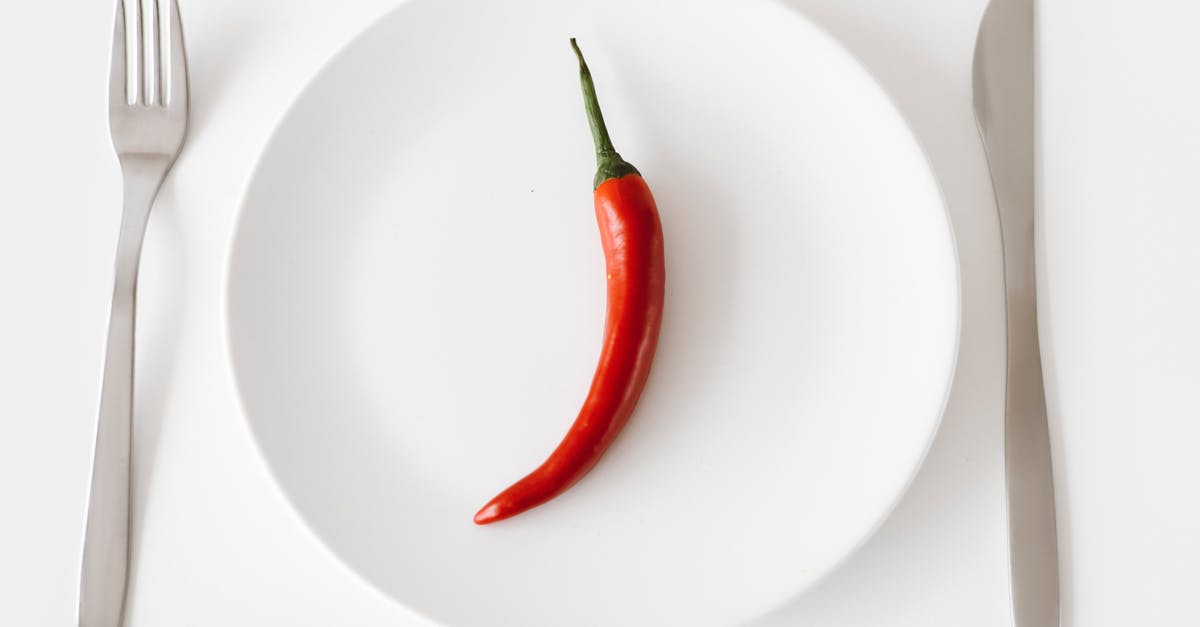What done-ness is safe, but still juicy, to order wild boar cooked to?

I recently went to a restaurant here that claims to offer local fair. It was in a super touristy area so I have my doubts, but it plays the part well.
Anyway, what I ordered was the Shogun Farms Wild Boar loin, though I can't remember how it was cooked, but I think it was either on a grill or seared. However, I have always been told that you have to cook pork to well done or you will get parasites and die. And I learned from watching Monsters Inside Me on Animal Planet that you should cook wild game well done or you will get parasites and your life will suck. So basically, I ordered my wild pork game pork well done so I wouldn't get parasites and have my life suck until I die.
Now. The food was excellent. Even the boar loin. However, to paraphrase the famous Canadian food critic Squirrely Dan, it was drier than a fart. So my question is: at what done-ness should/could I have ordered this at such that it would have been juicy and delicious and I wouldn't get eye worms, trichinosis, or that thing where your skin will be itchy forever?
Addendum: I will accept answers that state that loin, due to its low fat, and boar, due to its lower fat, basically has to be cardboard to be safe. I will then at least be able to make an informed decision.
Best Answer
The linked website says the animals are trapped, dewormed, deloused and checked for other problems. As this is a USDA approved farm (according to their website), they will have to follow USDA rules around parasites etc. This also means that the USDA food safety rules apply. To quote the USDA:
Cooking Whole Cuts of Pork: USDA has lowered the recommended safe cooking temperature for whole cuts of pork from 160 ºF to 145 ºF with the addition of a three-minute rest time. Cook pork, roasts, and chops to 145 ºF as measured with a food thermometer before removing meat from the heat source, with a three-minute rest time before carving or consuming. This will result in a product that is both safe and at its best quality—juicy and tender.
The company also states:
The hogs are contained on our USDA state approved property where they are cared for daily by our trained and professional staff.
This means, that they aren't actually wild, at best this would be considered free-range. From the photos on the website these aren't actually wild boar (Sus scrofa), simply free-range pigs (Sus domestica), possibly bordering on feral pigs (though daily tending doesn't indicate this at all), but still a completely different species.
Pictures about "What done-ness is safe, but still juicy, to order wild boar cooked to?"



Quick Answer about "What done-ness is safe, but still juicy, to order wild boar cooked to?"
Cook pork, roasts, and chops to 145 ºF as measured with a food thermometer before removing meat from the heat source, with a three-minute rest time before carving or consuming. This will result in a product that is both safe and at its best quality—juicy and tender.Does wild boar have to be cooked well done?
This means wild boar will cook more quickly than pork. Since wild boar muscle has more marbling, do not cook steaks and roasts past medium done stage. For more recipes check out our blog. Wild boar meat needs to be fully cooked before eating.What temperature should wild boar be cooked to?
How to know when cooked boar is done. Preheat oven to 160\xb0C (320\xb0F) and use a thermometer to determine cooking time precisely. For rare meat, the internal temperature should be 70\xb0C (160\xb0F). For medium pink, it should be 75\xb0C (167\xb0F).How do you get the strong taste out of wild boar?
Common soaking liquids include saltwater, milk, buttermilk, vinegar, or lemon juice. There are many hunters that swear by dairy products when it comes to removing gaminess as dairy \u201cbleeds out\u201d many meats, with blood being a source of gamey flavor.Which food is safe to eat if cooked to a minimum internal temperature of 145 for at least 15 seconds?
Minimum internal temperature of 145\u2109 (63\u2103) for 15 seconds applies to: Seafood\u2014including fish, shellfish, and crustaceans. Steaks/chops of pork, beef, veal, and lamb. Eggs that will be served immediately.Smoked Wild Hog (Hind Quarter) \
More answers regarding what done-ness is safe, but still juicy, to order wild boar cooked to?
Answer 2
In 2011, the FDA has lowered the minimum recommended cooking temperature for pork. Previously, many folks considered the FDA safe temperature (previously 160°F) to be "overcooked."
According to the FDA, the internal temperature at the center should be 145°F:
Cook beef, pork, veal, and lamb roasts, steaks, and chops to at least 145° F (63° C), with a 3 minute rest time.
145°F generally falls into the colloquial category of ordering a meat cooked to "medium" at a restaurant. However, good safety is always based on temperature. Despite the FDA's prior recommendations being a much higher temperature, 145°F is still a sufficient cooking temperature to kill the parasite that causes trichinosis.
From another article, specifically addressing parasites and wild boar:
According to a Centers for Disease Control study that surveyed incidence of the disease from 2008 to 2012, there were only 84 cases of trichinosis in all of America. Of those, 43 were eating wild game. That’s 43 people in a five-year period, and 30 of those 43 were in one incident, an unfortunate party
...
The actual temperature that kills the trichinella parasite is 137°F, which happens to be medium-rare. But be forewarned: Every iota of meat must hit that temperature to kill the parasite
Sources: Stack Exchange - This article follows the attribution requirements of Stack Exchange and is licensed under CC BY-SA 3.0.
Images: Anna Nekrashevich, Anna Nekrashevich, Anna Nekrashevich, Anna Nekrashevich
